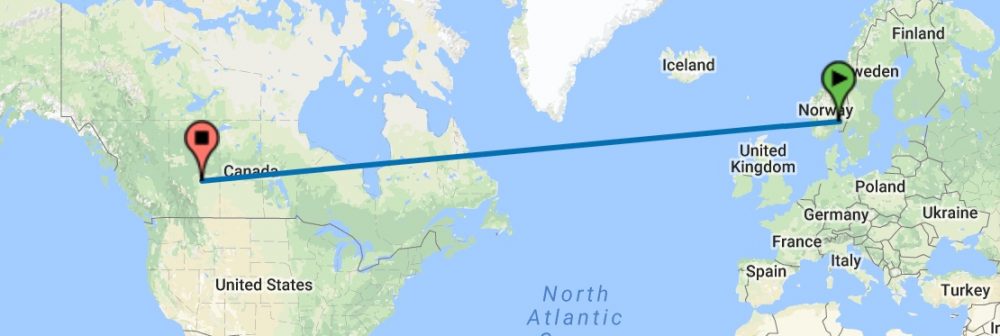A friend asked me what I’d been doing to try and get back into things with Japanese and I listed off a few things that didn’t surprise him: listening to ナウくない Japanese music on the way to work (Mr. Children, Dreams Come True ), watching one of my favourite Japanese movies (Love Letter) and youtube videos here and there (really neat mini-documentary on棒倒し/ Bo Taoshi, which I had never heard of). One thing that caught my friend by surprise was my comment about simply practicing lettering and typing.
I don’t know if other people agree, but I’ve always found it quite useful to simply ‘copy’ a passage a few times and note some of the patterns that get used. This was one of the main ways that I practiced when I was in university— yes there was the studying of vocab lists and wrestling with grammar explanations etc., but I always found it useful to simply copy the text a couple of times and try to print/write the characters so that they look presentable. We were often assigned passages to practice until we could recite them smoothly in class, and I found that being able to recopy the passage smoothly helped me prepare.
For example, I went back to my university library and found another one of my old textbooks (Modern Japanese, A Basic Reader, Harvard University Press); I took a passage (see above) and simply copied it out 2-3 times. It seems to be an effective way to tap into muscle memory– it didn’t take long to feel comfortable writing again (my characters are nothing to brag about, but I think they’re acceptable).
I still have a couple of pads of 原稿用紙 from my university days– I’d never been able to bring myself to throw them out, so it’s been neat putting them to use. Lettering practice also has the additional bonus of being very easy to do in small bursts– I can do it for ten minutes and feel like I’ve accomplished something.


You can do the same kind of practice with your computer (i.e. retyping things); however, beyond improving your typing dexterity, the focus of the practice actually shifts towards reading. This will seem counterintuitive if you don’t understand the way Japanese works, but the reality is that it’s not that hard to recopy an extremely challenging passage by hand, but if you can’t *read* it, retyping it will be almost impossible.
Put another way, if you understand the basic mechanics of the way Kanji are put together, you can reasonably reproduce an unfamiliar character by hand; however, if you don’t know how to read a particular kanji, you won’t know what keys to press in order to have it appear on the screen.
Anyway– all that to say that both typing/keyboarding and printing practices can be a challenging in meaningful ways.
As an aside to this post, I also took out the companion grammar guide to (Modern Japanese, A Basic Reader). I’ll have to write a separate post another time because the author of the grammar guide was actually our very own Japanese professor, who was an expert in *English* grammar. Keeping up with his interpretations/explanations of Japanese was sometimes challenging, in the sense that he had a much more precise understanding of English grammar than we did:)
One exciting bit to note this week– Nicholas and I have our new passports! I told him that the Pokemon he loves so much are from Japan and he is getting more excited about our trip in the summer.




Pingback: 訂正云々 is not Teisei Denden | Wordsummit
Pingback: Typing in Japanese (TJM Yuta) | Wordsummit